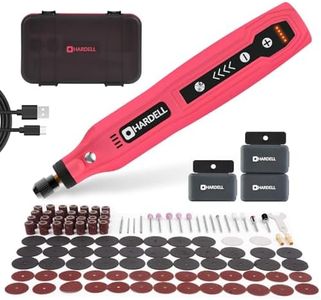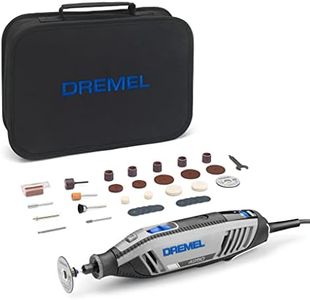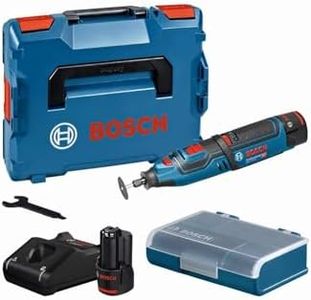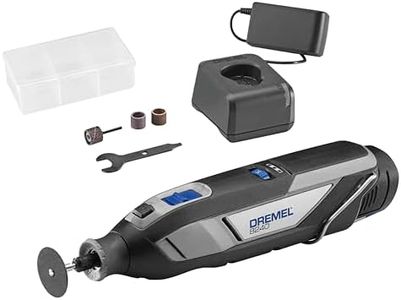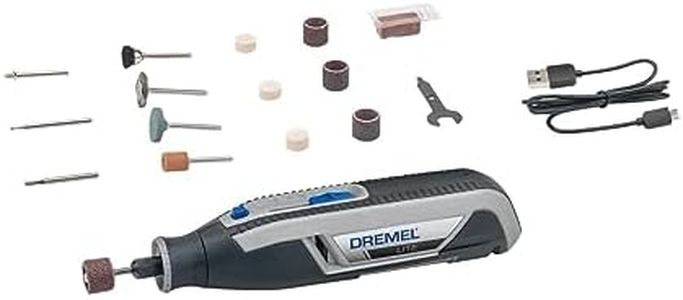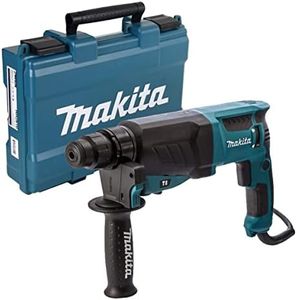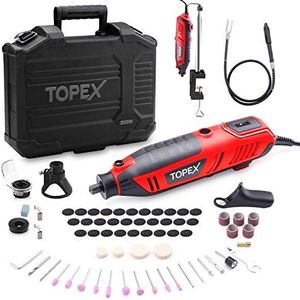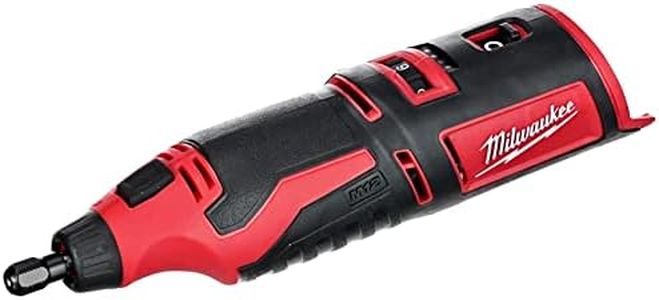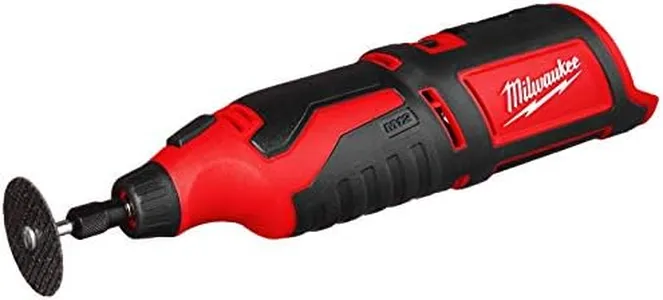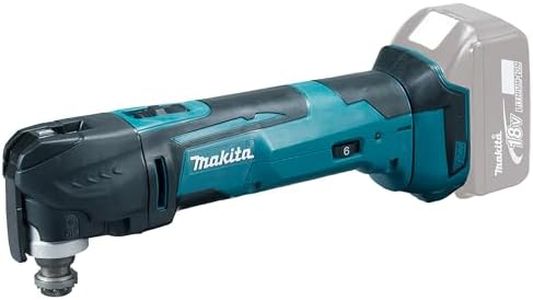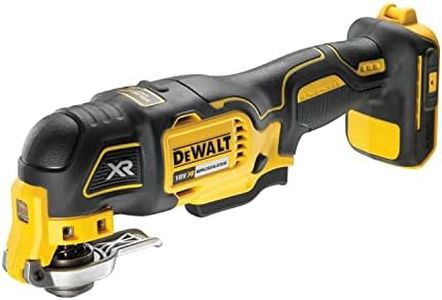We Use CookiesWe use cookies to enhance the security, performance,
functionality and for analytical and promotional activities. By continuing to browse this site you
are agreeing to our privacy policy
10 Best Rotary Tools
From leading brands and best sellers available on the web.Buying Guide for the Best Rotary Tools
Rotary tools are versatile handheld power tools that can be used for a wide variety of tasks such as grinding, polishing, sanding, cutting, drilling, or engraving. Picking the right rotary tool means considering how you'll use it most often and matching the tool's features to your needs. By understanding the key specifications, you'll make a choice that ensures both ease of use and long-term satisfaction.Power (Motor Wattage/Voltage)Power indicates how strong the motor is, which determines how well the rotary tool performs on tougher materials and during prolonged use. Higher power is useful for cutting or grinding harder substances, while lower power can be sufficient for lightweight tasks like polishing or engraving. If you expect to often work with thick metal or stone, look for models with higher wattage or voltage. For delicate hobby work or small repairs, a less powerful tool will be lighter and easier to control.
Speed (RPM – Rotations per Minute)Speed shows how fast the tool spins, affecting how smoothly and quickly it performs different tasks. Rotary tools come with variable or fixed speeds, ranging from around 5,000 to 35,000 RPM. Lower speeds are safer for delicate work or soft materials, while higher speeds cut or grind harder materials more efficiently. Choosing a tool with adjustable speed offers more flexibility, letting you match the speed to each task. Consider your typical projects: if you’ll do many different jobs, variable speed is best.
Power Source (Corded vs. Cordless)Rotary tools can be powered by plugging into a wall (corded) or by using batteries (cordless). Corded tools generally run longer without interruption and are more powerful, making them suitable for long or heavy-duty tasks. Cordless models offer freedom of movement and portability, which is useful for quick jobs or use away from power outlets, but they may have limited runtime and slightly less power. Decide how important portability is versus continuous power based on where and how you plan to use the tool.
Ergonomics and WeightErgonomics refers to how comfortable and easy the tool is to hold and use, especially over extended periods. A lighter and well-balanced tool reduces fatigue and improves control during precision tasks. If you expect to use the rotary tool for long sessions or detailed work, choose a model that's lightweight and has a comfortable grip. For occasional or brief use, this may be less critical.
Included Accessories and AttachmentsAccessories and attachments expand what your rotary tool can do. Common attachments include bits for cutting, grinding, sanding, polishing, engraving, and cleaning. Some models come with extensive kits, while others have just a few essentials. If you want to tackle a variety of projects right away, pick a set with more accessories. Otherwise, start with a basic set and add attachments as your needs grow.
Collet Size and CompatibilityThe collet is the part that holds the tool’s bit. Different tools use different collet sizes, which affects which bits you can use. Standard sizes allow more flexibility when choosing or replacing bits. If you expect to use a wide variety of attachments or bits, make sure the tool supports common sizes, or comes with adapters for flexibility.
Noise LevelRotary tools can be noisy, especially at high speeds. If you are sensitive to noise or plan to use the tool in a quiet environment, consider models known for quieter operation. Unless you frequently do heavy-duty work, a quieter tool can make the experience more pleasant, especially over longer periods.
